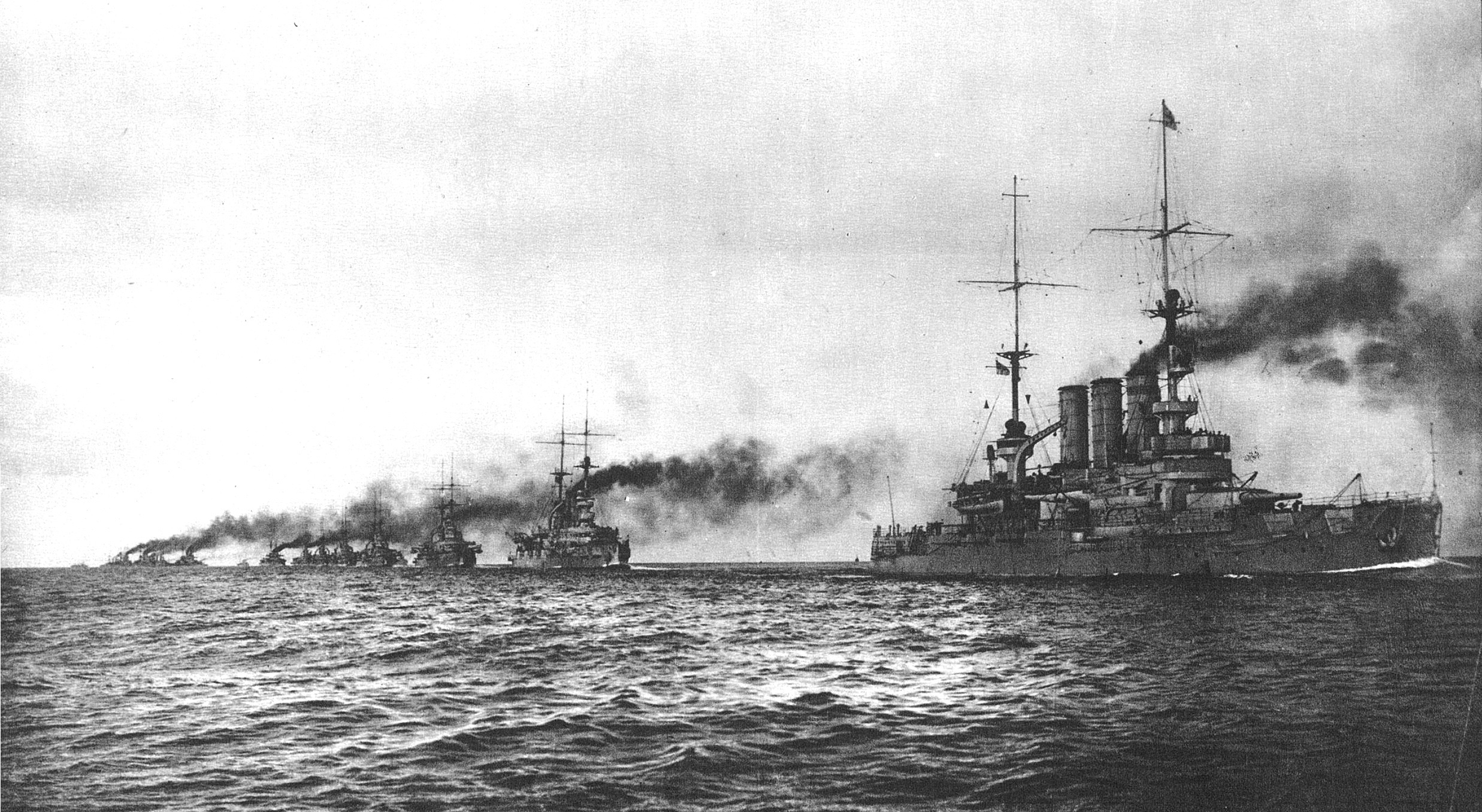
The War at Sea: The first battles
The first naval engagements of the war
Thanks to the strength of the Royal Navy, which remained the largest and most powerful navy in the world throughout the conflict, the British retained essential control of their home waters. They were able to avoid blockade and serious attack, although German warships bombarded English east coast towns, notably Hartlepool, Scarborough, and Whitby, causing great popular outrage by doing so. In the First World War naval power was crucial even if there were no decisive naval battles in the sense of overwhelming victories. The German failure to knock France out in 1914 helped to ensure that the war in part became that of continental versus oceanic power.

1 of 6
Britain was able to maintain the flow of men and munitions to the army in France unmolested, to retain trade links that permitted the mobilization of British and imperial resources, and to use stop and search to impede the flow of contraband to Germany. The last was the crucial aspect of economic warfare.
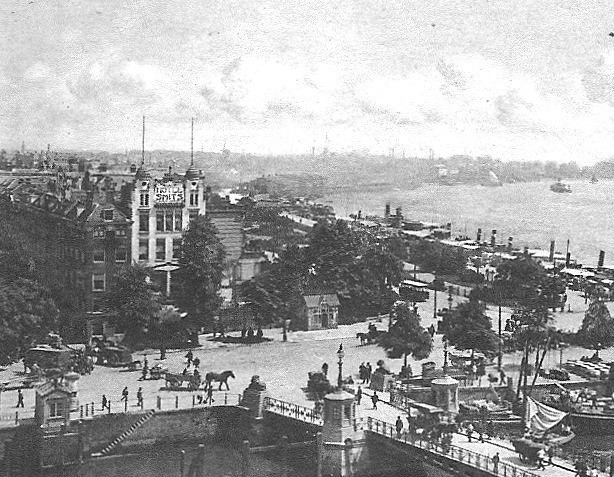
2 of 6
Britain declared that the North Sea would be a military area with shipping subject to Admiralty control. Germany, however, continued to receive imports at the beginning of the war through neutral ports, notably the leading Dutch port, Rotterdam. This access to trade was gradually reduced as the Entente steadily increased pressure on neutral states to stop the lucrative practice of re-exporting their imports to Germany, with particular pressure on the Dutch not to re-export food to neighboring Germany.
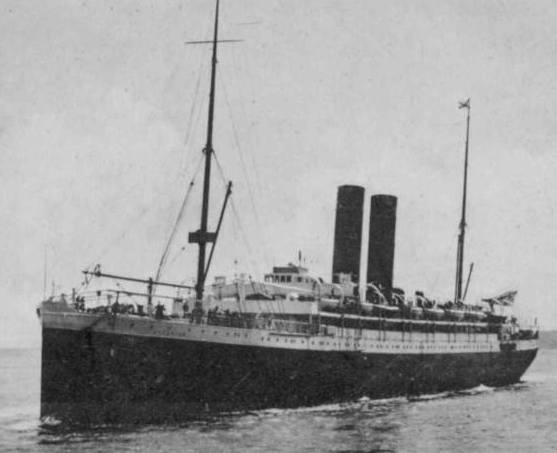
3 of 6
Britain’s supply system was that of a country that could not feed itself: nearly two-thirds of British food consumption was imported. Britain also had an imperial economy that relied on global trade, and a military system that required troop movements within the vast empire. All this, and the capacity for ready responsiveness it indicated, was challenged by German warships. However, those outside Europe were hunted down by Britain and its allies in the early stages of the war.
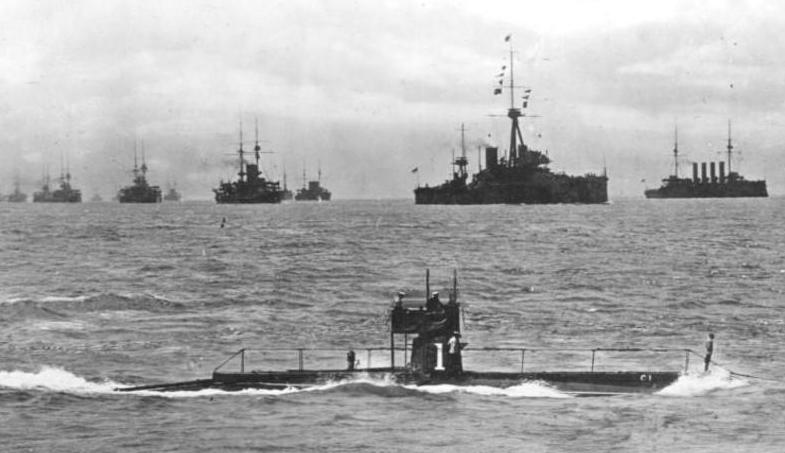
4 of 6
Entente success in blockading the North Sea, the English Channel, and the Adriatic (where Germany’s ally Austria had a coastline in modern Croatia and Slovenia), and in capturing Germany’s overseas colonies, ensured that, after the initial stages of the war, and despite the use of submarines and new surface raiders, the range of effective German naval operations was small.
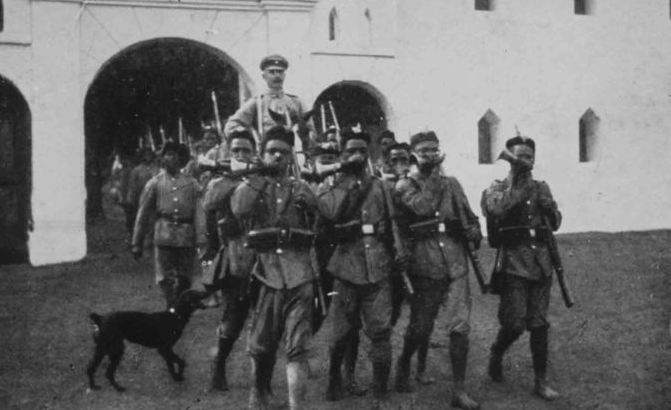
5 of 6
Entente sea power was crucial in supporting operations against German colonies and, in particular, wireless stations and ports, with the Japanese capturing undefended German possessions in the northwest Pacific, as well as Germany’s base of Tsingtao on the coast of China. French and British forces conquered German colonies in the southwest Pacific and Africa.
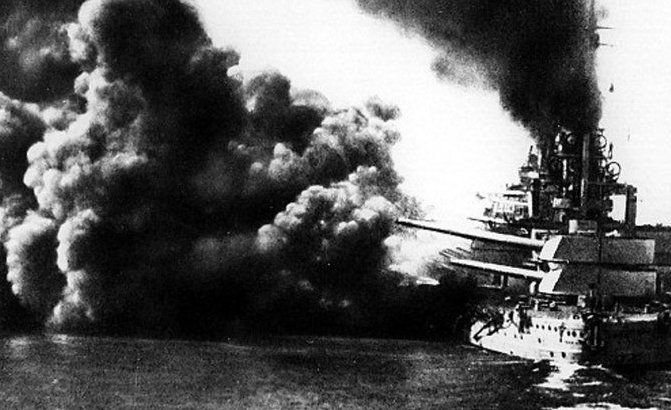
6 of 6
Before the war, German naval expansion, perceived as a threat to British security, triggered an expensive arms race in which the two countries competed to build bigger and better battleships. Given this build-up, World War I undoubtedly proved a disappointment to naval enthusiasts. Although major engagements between surface warships did occur, a decisive Trafalgar-style battle simply did not come off. Instead the British and German battle fleets sparred and shadow-boxed indecisively while struggling to come to terms with the deadly threat posed by unglamorous submarines and mines.
Naval power was an important factor at the end of the 19th century. The pre-eminent position of the Royal Navy and the manifest advantages this bestowed upon the British Empire were self-evident: the acquisition and maintenance of colonies; safe passage for commercial traffic; and the ability to deploy troops rapidly at critical trouble spots across the globe. The British had adopted a simple but effective ‘two-power standard’, which sought to maintain its strength at a level equal to the next two strongest naval powers – usually France and Russia.
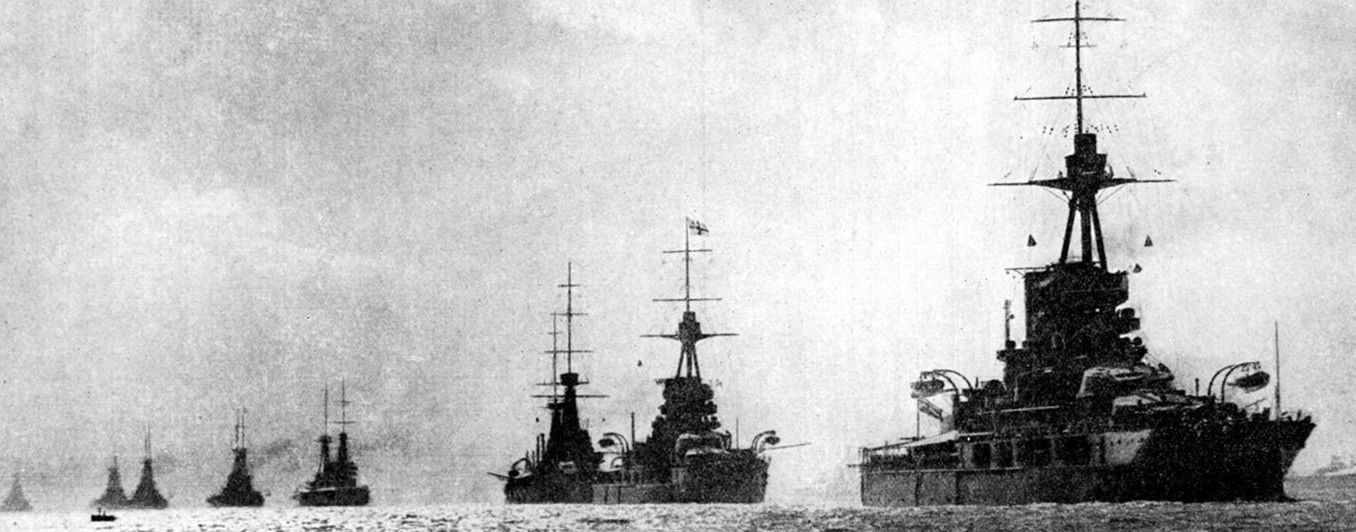
1 of 1
The British naval dominance was based on a navy grown organically from a thriving maritime commerce, which in turn was driven by the need to service and harvest the produce of overseas colonies. Indeed, there were enormous difficulties in creating a powerful navy without such a background, for a modern navy demanded considerable investment, not only in the technical demands of constructing and manning state-of-the-art fighting ships, but also in the infrastructure of dockyards, ports and naval bases.
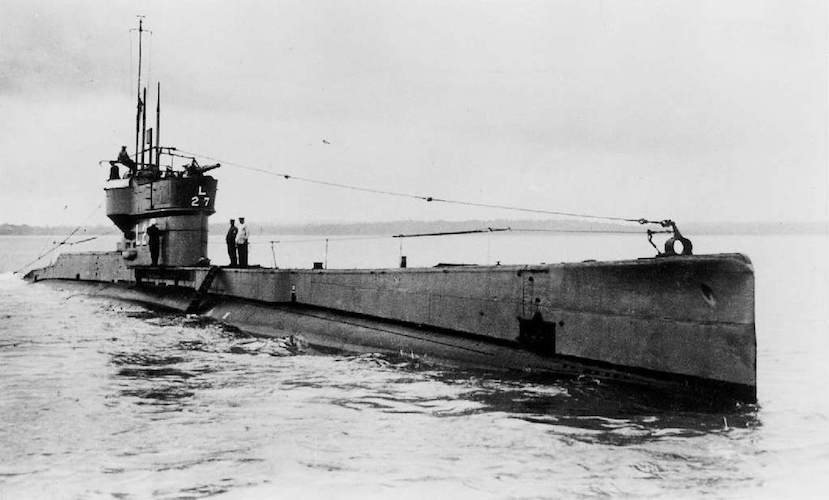
The War at Sea in 1915
In 1915 the British blockade of Germany was fully implemented by the Grand Fleet. To counter the blockade the Germans launched a campaign of unrestricted submarine warfare, meaning that any ships around Britain, enemy or neutral, would be sunk.
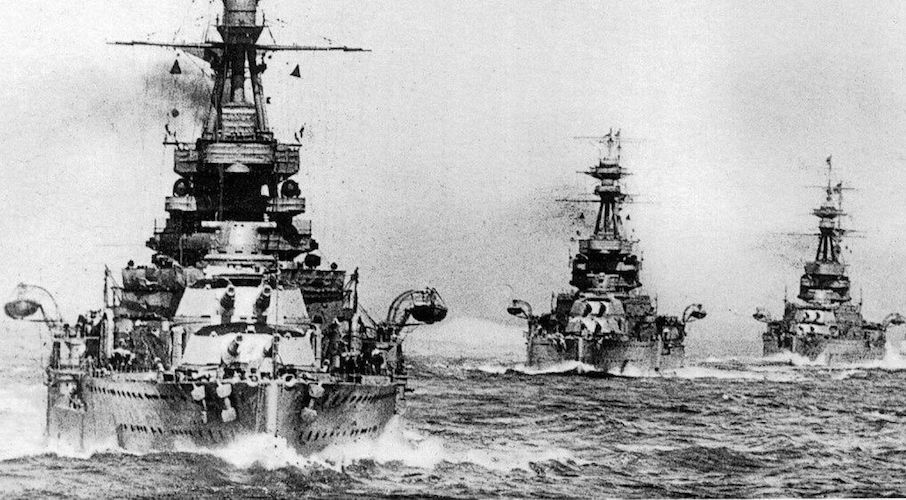
The War at Sea in 1916
During 1916 the German fleet sought again to implement its plan to attack the British in a major battle in an effort to weak the British Grand Fleet in a decisive manner. The plan led to the Battle of Jutland. The British did not fall for the German plan, however, despite having the larger fleet at Jutland, they failed to achieve the sweeping victory hoped by the Navy as well as the British public.

The War at Sea in 1917
During 1917 Germany resumed unrestricted submarine warfare in an effort to stop the flow of supplies towards Britain. The attempt backfired when US President Woodrow Wilson declared war against Germany.
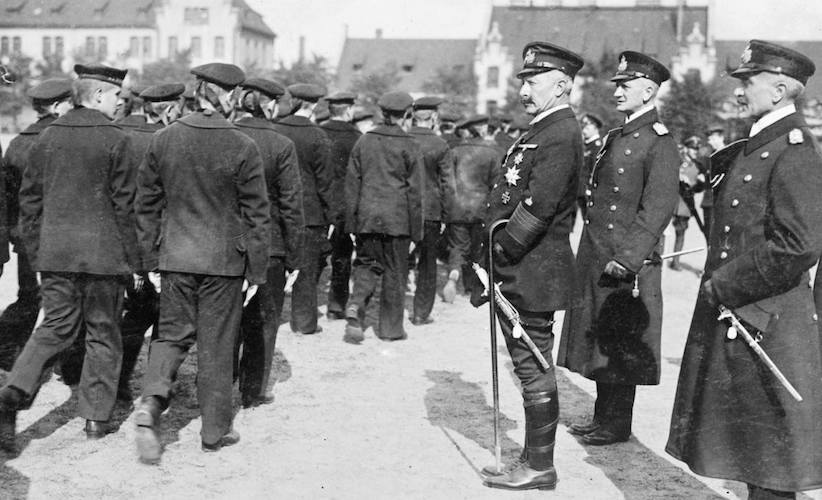
The War at Sea in 1918
By 1918 the Entente convoy system was very well established and German submarines were hunted down with great efficiency. On the surface few engagements to place, the most notably being the British raid at Zeebrugge. The war ended with the German fleet being disbanded after the sailors mutinied at Kiel.
- Peter Hart, The Great War: A Combat History of the First World War, Oxford University Press, Oxford, 2013
- Peter Simkins, Geoffrey Jukes, Michael Hickey, Hew Strachan, The First World War: The War to End All Wars, Osprey Publishing. Oxford, 2003
- John Keegan, The First World War, Random House UK Limited, London, 1998
- Jeremy Black, Naval Warfare: A Global History since 1860, Rowman & Littlefield Publishers, Lanham, Maryland, 2017
- R.G. Grant, Battle at Sea: 3,000 Years of Naval Warfare, DK Publishing, London, 2011





